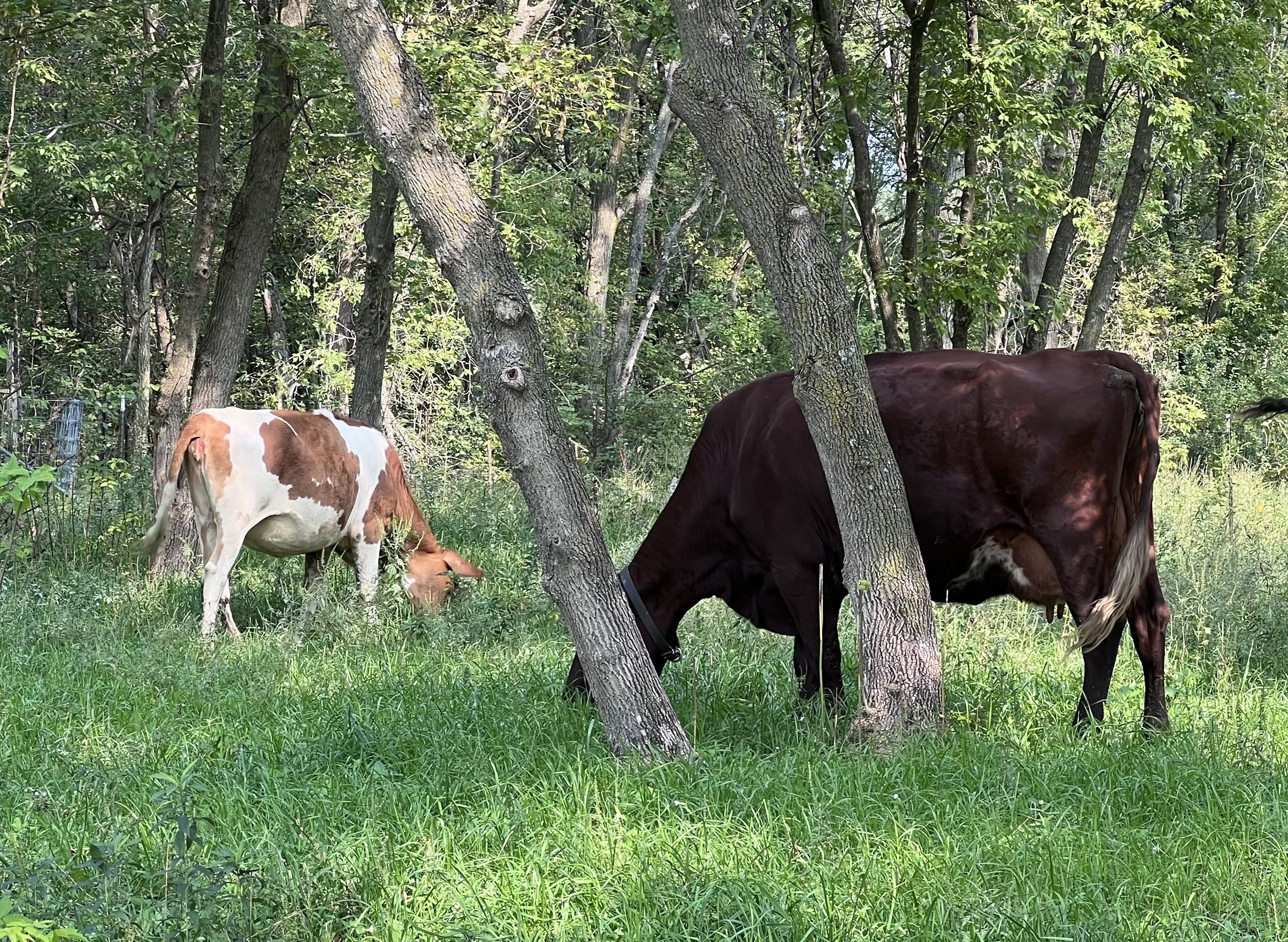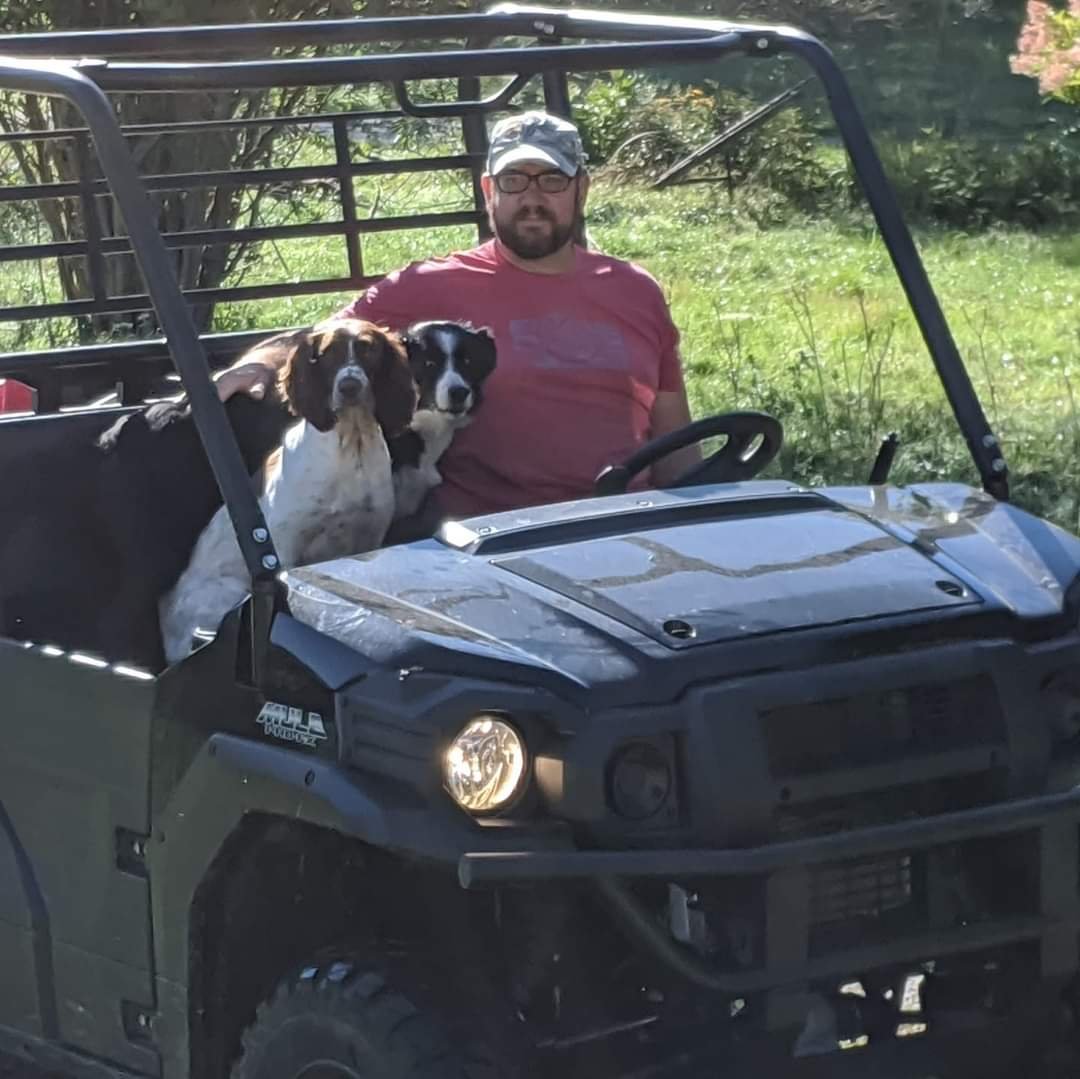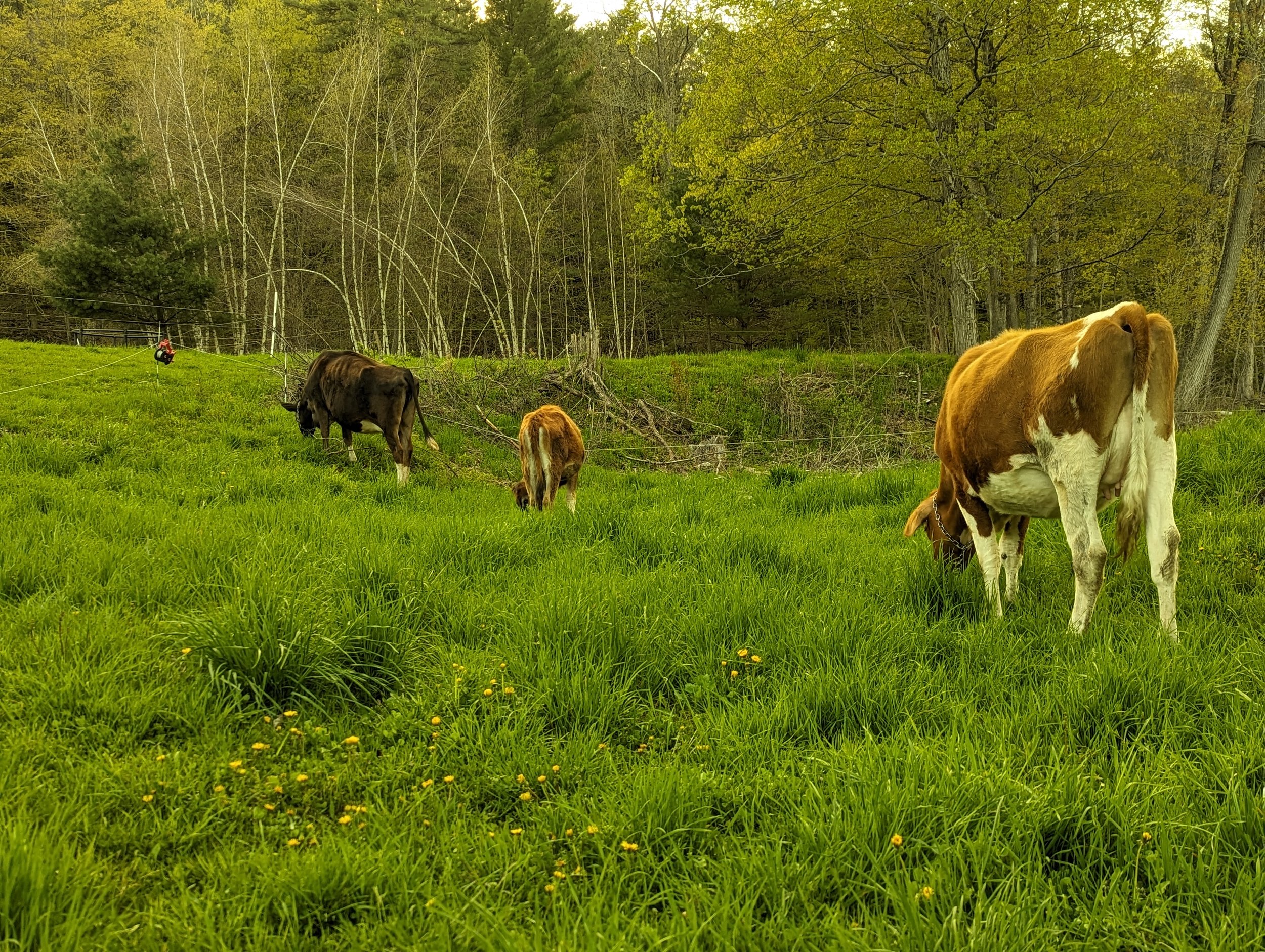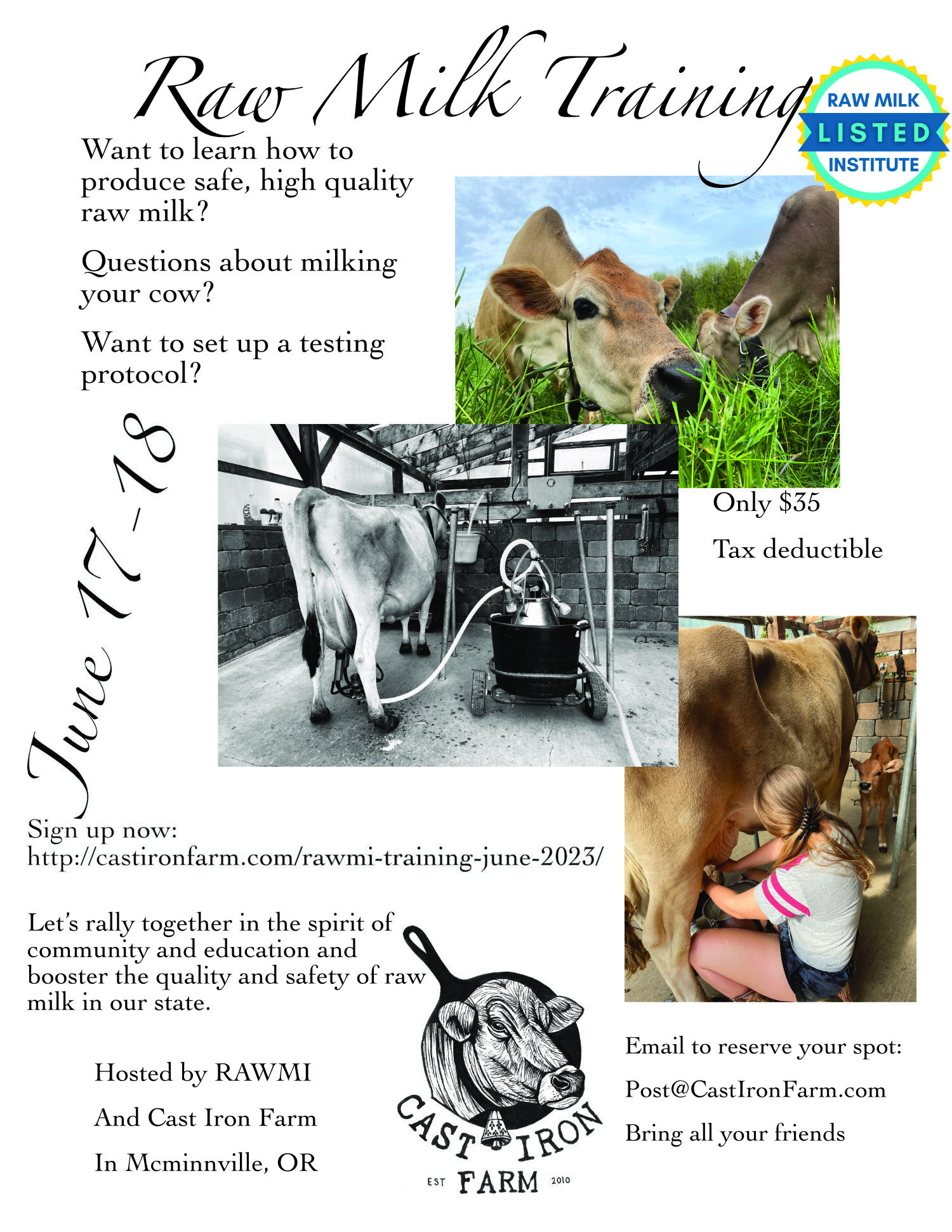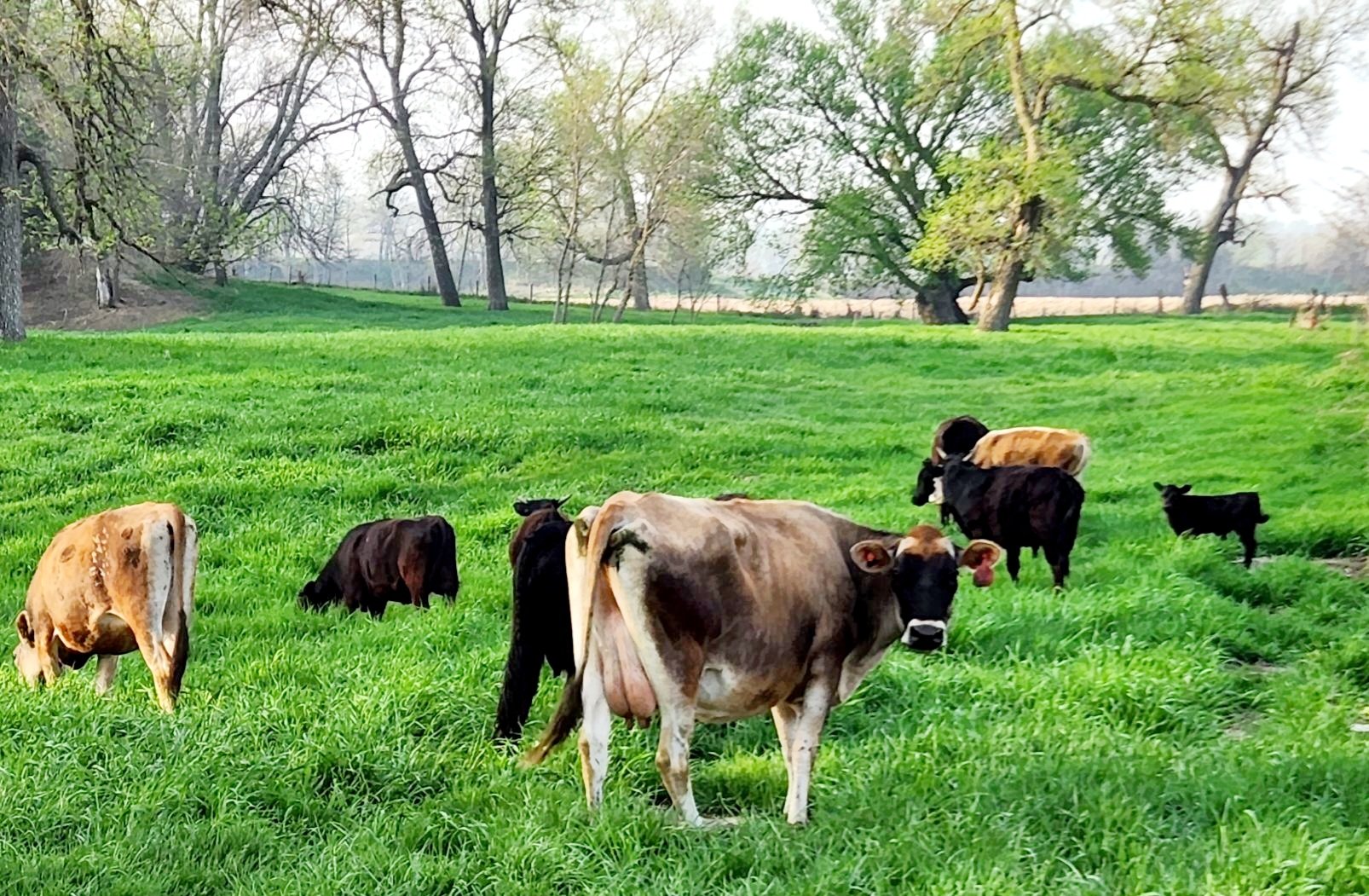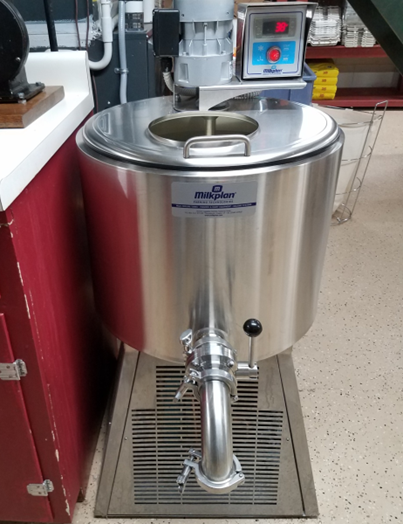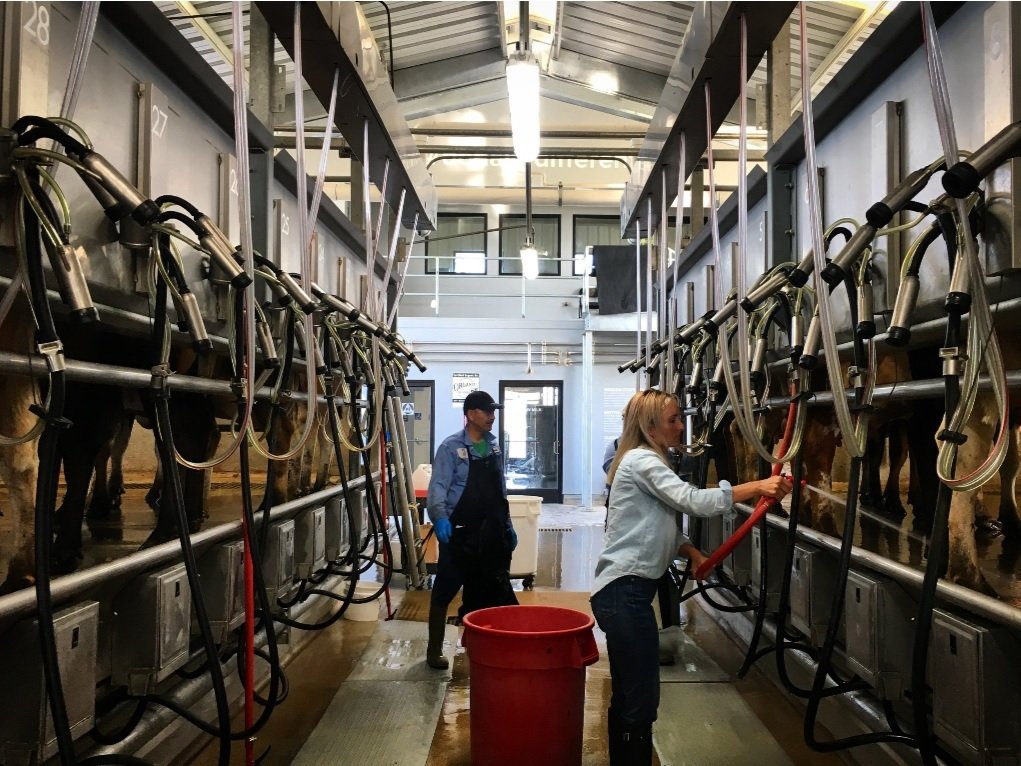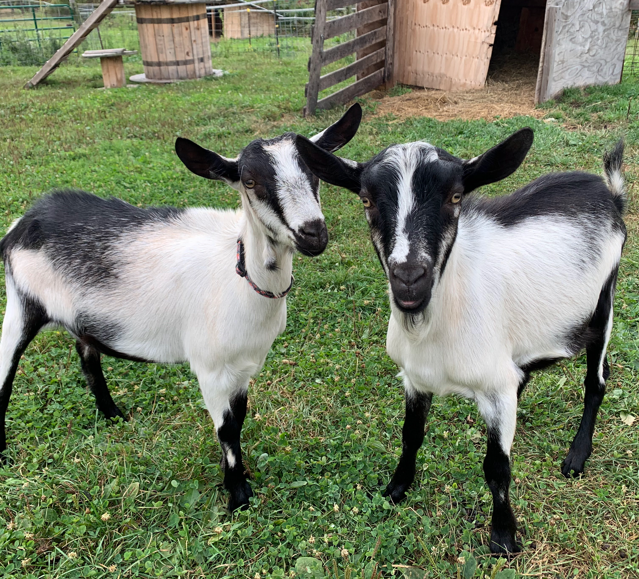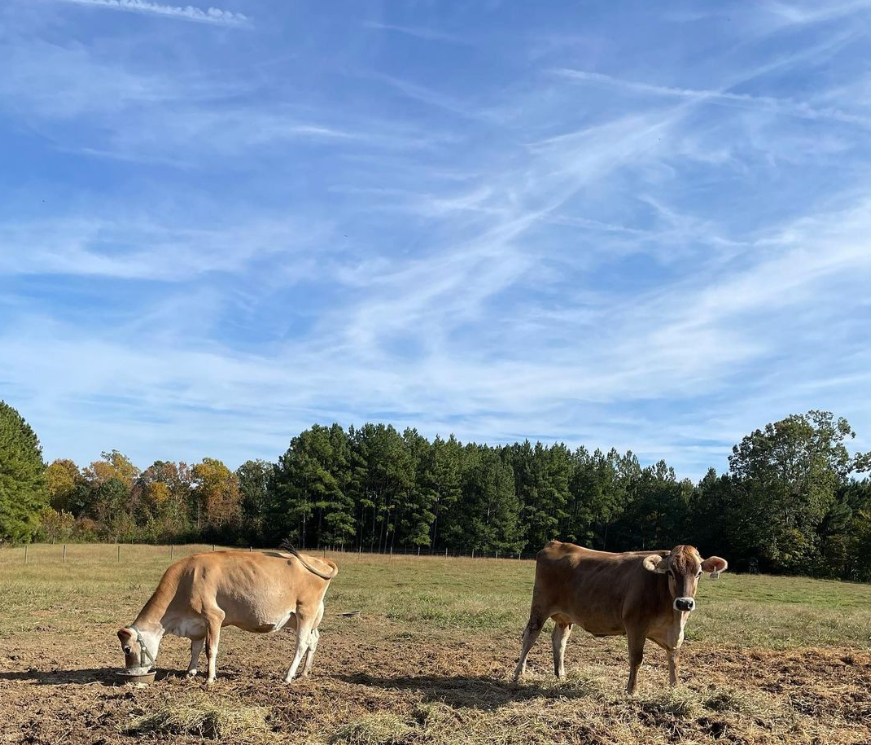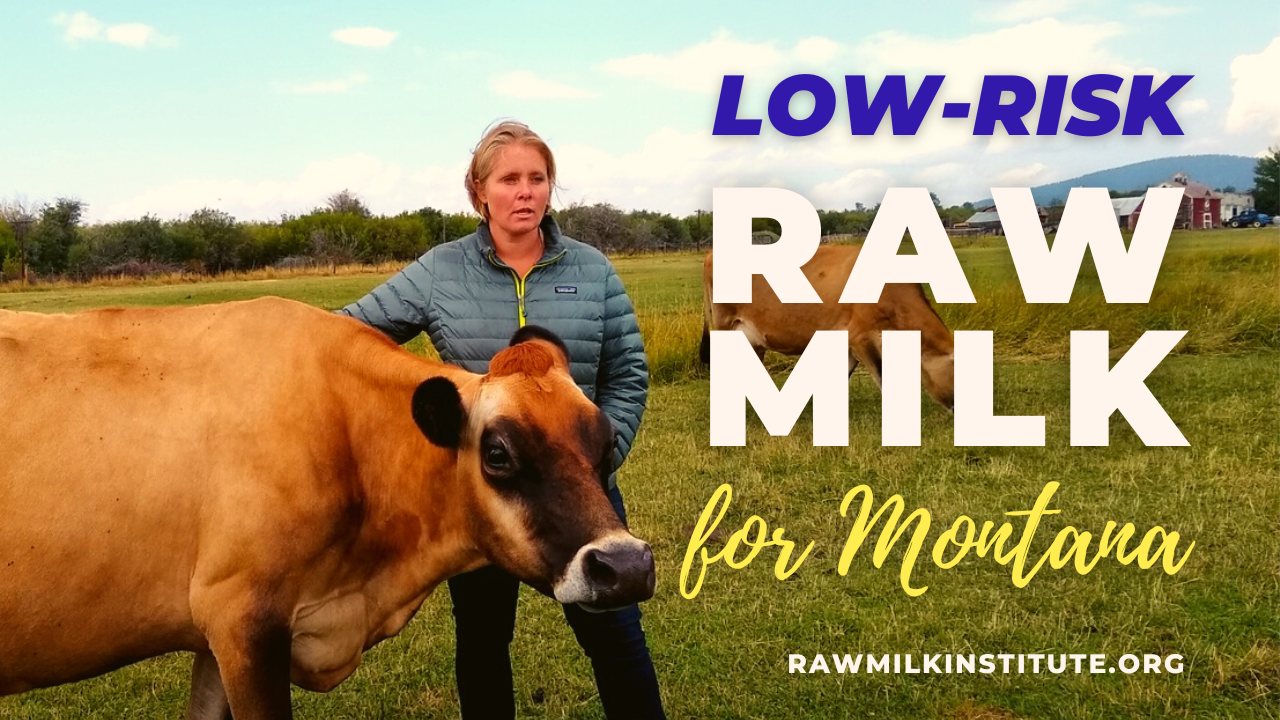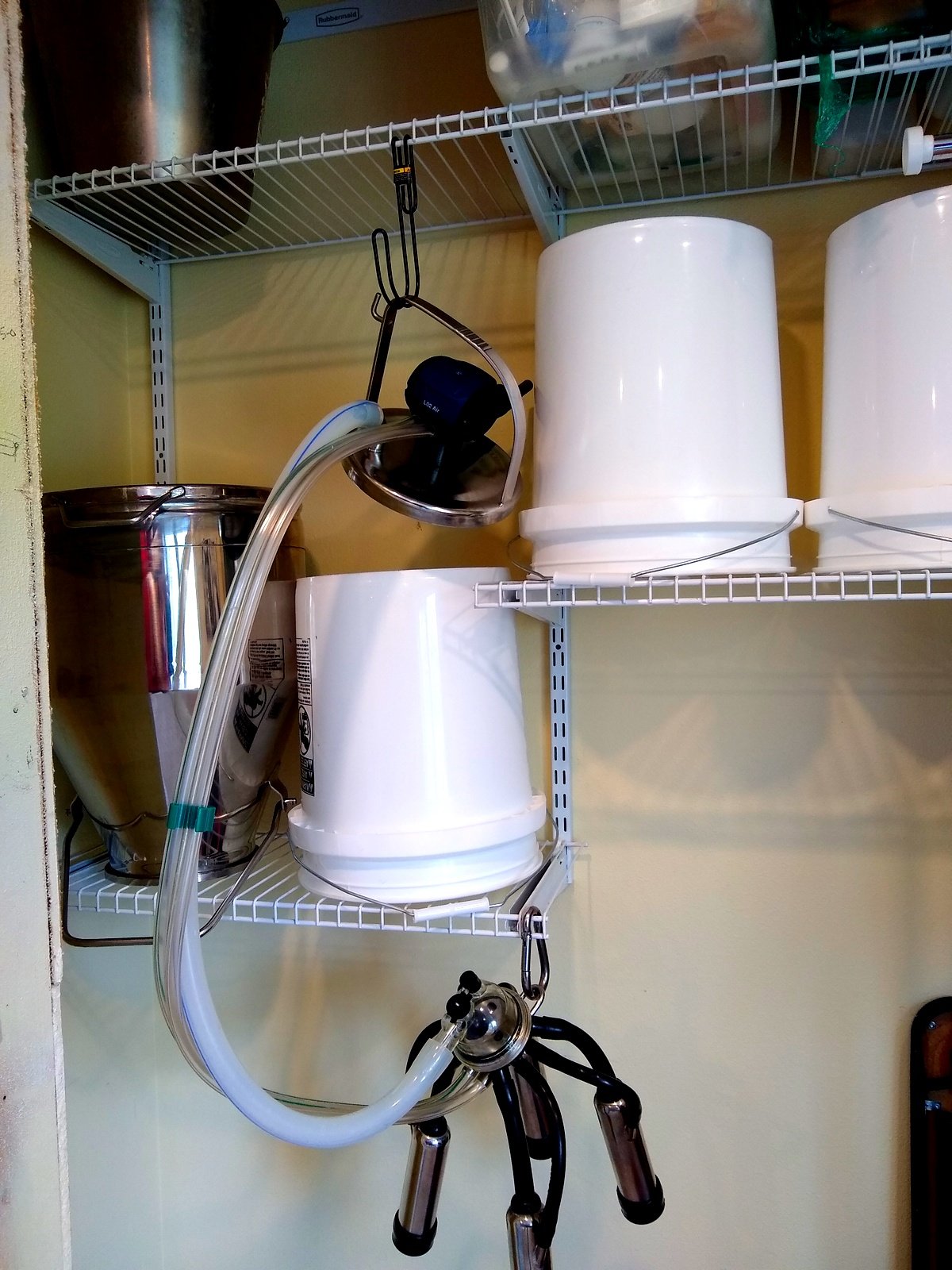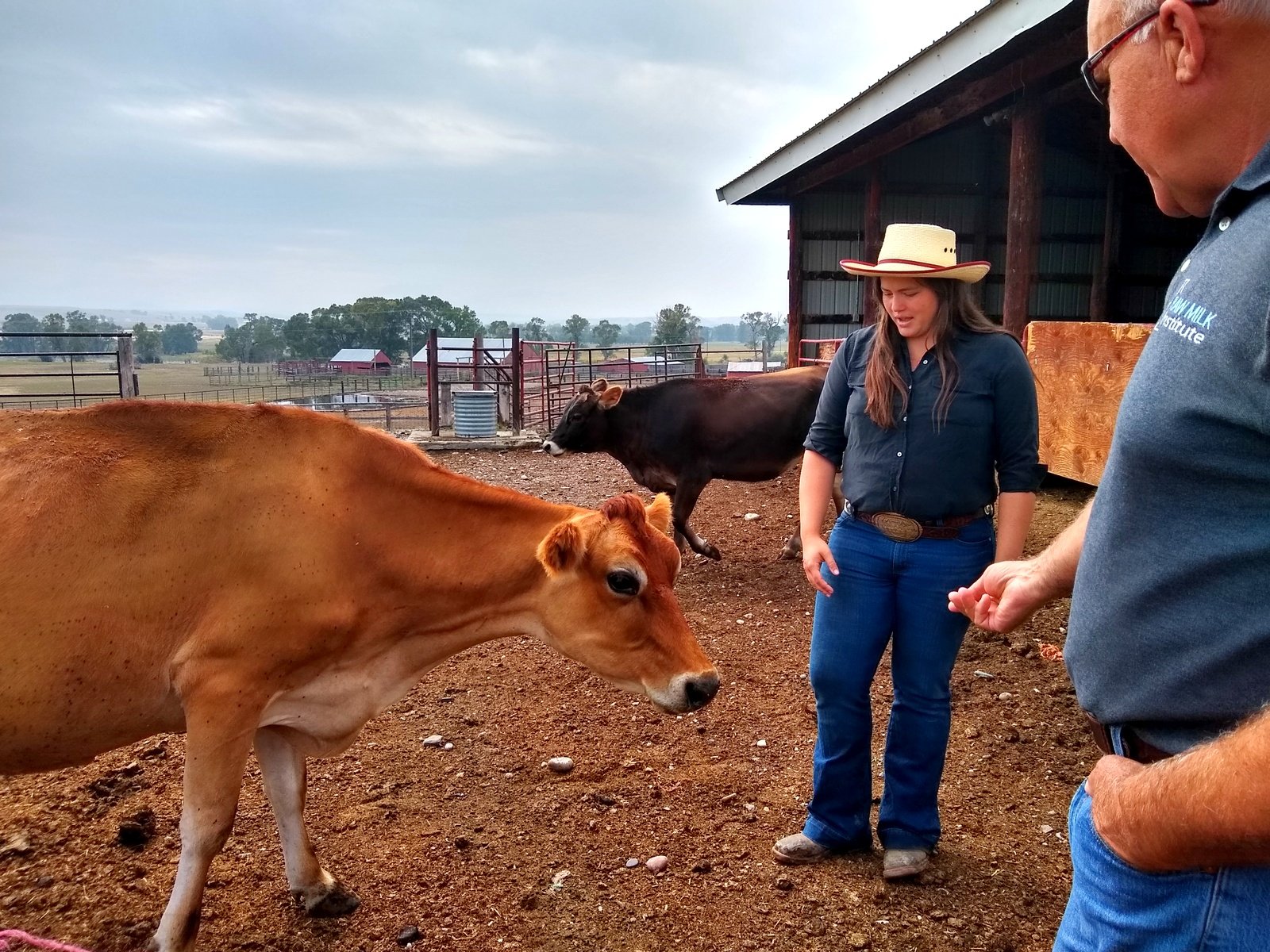The Raw Milk Institute (RAWMI) sends a warm welcome to two more farmers who have completed our Listing program! RAWMI offers free mentoring to all dairy farmers. Whether they are milking one cow, a handful of goats, or a large herd, the principles of safe raw milk production form a foundational toolset that benefits all dairy farmers and their customers.
Some of the farmers we mentor choose to keep it casual, and are satisfied to just ask us a few questions before continuing their raw milk journeys. There is another set of farmers, though, that is not content to just dip their toes in the water; they want to dive right in and take their entire milk process to the next level.
For these farmers, we offer our (free) RAWMI Listing program, wherein we assist farmers in developing their own unique on-farm Risk Analysis and Management Plan, documenting their processes with written Standard Sanitary Operating Procedures, and identifying the Critical Control Points that are essential to their production of safe raw milk. RAWMI Listed farmers test their milk at least monthly for ongoing assurance that their processes are working well to produce low-risk raw milk. RAWMI Listing is the gold standard for raw milk producers.
Two farms have recently completed the RAWMI Listing process, and we extend them a warm welcome into our growing community!
Fiat Farm – Bethel, Minnesota
Fiat Farm is operated by Francesca and Matt Steffel. Fiat Farm is the first dairy from Minnesota to achieve RAWMI Listing. Fiat Farm was started with a desire to give the Steffel’s six children rural childhoods in an agricultural environment that would teach them hard work and responsibility. They have been raising their children on raw milk for 10+ years.
Francesca and Matt have worked to establish the natural pasture soils on their property and are diligent about providing their herd with the best possible feed and environment to thrive. They utilize an on-farm lab for frequent bacteria testing of their milk. The Steffel’s passion for regenerative farming and milking cows grew into a desire to share the high-quality milk they produce with their local community.
You can learn more about Fiat Farm here:
Hillside Springs Homestead – Poultney, Vermont
Hillside Springs Homestead is operated by David Atherton and Erica Wellington in Vermont. David is a science professor and Hillside Springs Homestead is the first dairy from Vermont to achieve RAWMI Listing. Hillside Spring’s primary focus is producing the tastiest and healthiest raw milk available.
David and Erica's herd has a high quality of life, including rotational grazing during the warm months and accessible shelter from the cold during Vermont’s winters. Hillside Springs utilizes an on-farm lab for frequent bacteria testing of their milk. Raw milk is their passion and they love to share it with the community.
You can learn more about Hillside Springs Homestead here:




